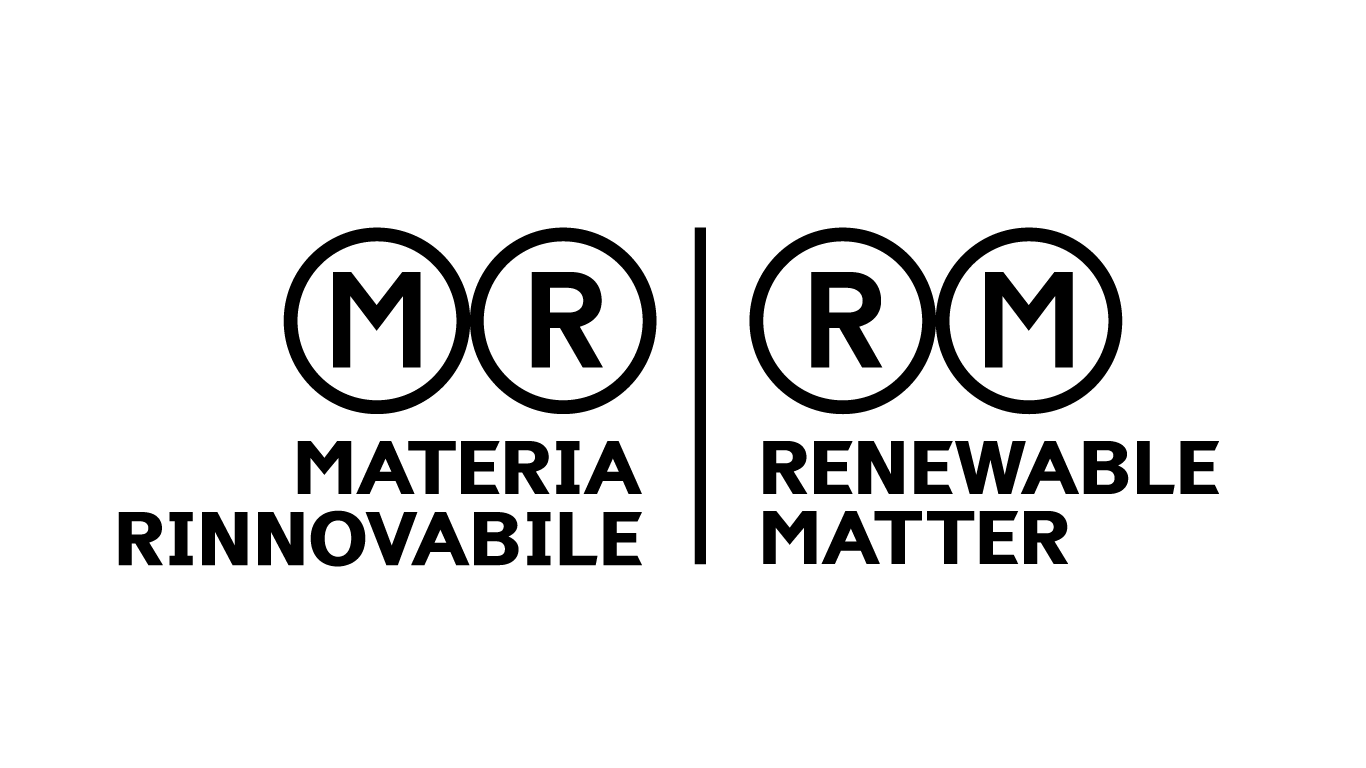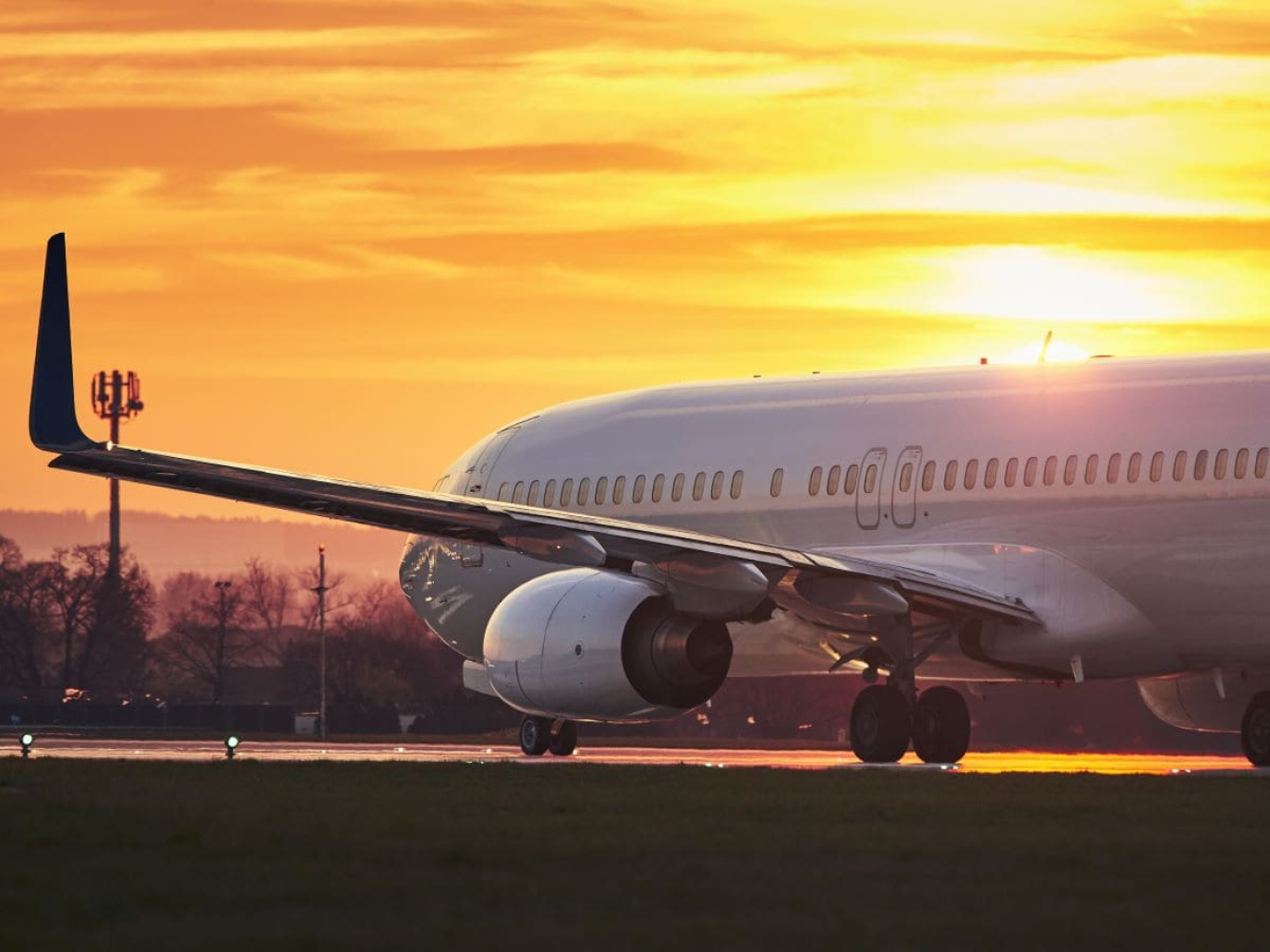
This article is also available in Italian / Questo articolo è disponibile anche in italiano
Based on the forecasts of aeroplane manufacturers Airbus and Boeing, passenger air traffic in Europe's skies is set to grow dramatically, doubling by 2050 compared to 2019 levels, with a 59% increase in fuel consumption. This growth is certainly not aligned with decarbonisation targets if kerosene is still used to fuel aircraft. Thus, while there must be a reduction in unnecessary flights (business meetings, flying visits), it will also be vital to replace fossil fuels as quickly as possible with SAF, or Sustainable Aviation Fuels, which have a reduced carbon footprint.
To this end, Europe is requiring airlines operating across the continent to use at least 2% SAF by 2025, rising to 70% by 2050. This is an ambitious target, given the current levels of SAF supply, which are decidedly lacking. Furthermore, demand for these fuels is also on the rise in the USA, India, Japan, and Singapore.
The production of SAF
SAF derives from various production processes, such as the hydrotreatment of waste oils and fats, the gasification of waste, and ethanol conversion. The first type is currently the most widespread in terms of production in Europe.
"HEFA, a technology that generates a biochemical-based kerosene-like product by hydrogenating biogenic waste, is currently the most cost-effective solution and is set to dominate SAF markets until at least 2030," says Marco Bonvini, Licensing & Business Development Director at NextChem Tech SpA (Maire Group), one of the main developers of SAF production technology globally. "This technology mostly involves the use of waste oils collected from restaurants and food processing plants, animal fat (from slaughtering waste or fishery processing, editor’s note), and brown grease, recovered from cleaning processes via grease traps."
Some systems also use POME (palm oil mill effluent), an oily substance generated during food-grade palm oil processing that is recovered, treated, and processed. In the coming years, considerable growth is also forecast for SAF derived from gasification (syngas products that fuel a Fischer Tropsch reactor) and the conversion of ethanol and methanol (AtJ, Alcohol to Jet), which currently involve average production costs that are 1.6 and 2 times higher, respectively, than the HEFA process.
Also E-jets, synthetic fuels made using water to produce hydrogen with renewable energy and CO2 captured from industrial plants (currently costing up to 4 times as much as HEFA) will, in the future, see significant growth, rapidly achieving technological maturity and thus a considerable reduction of production costs.
A complex market
However, the SAF market remains highly complex. "These technologies still have high production costs, and at a time when the market is still demand-driven," the NextChem director explains. "Today, businesses' obligations and commitments require greater amounts of SAF than what is available, which can lead to a not insignificant speculative effect. A further complication arises from Emission Trading Systems (ETS), certifications linked to atmospheric CO2 emissions. Through this mechanism, biogenic CO2, which is neutral from an environmental perspective, will become a real exchange product to compensate for fossil-origin carbon. This will benefit systems with biogenic feedstocks such as HEFA or AtJ, which will be able to take advantage of selling their biogenic CO2 and reduce the cost of producing SAF. At the same time, the ETS will impact the cost of E-jet fuels, which will need to purchase, at least in part, biogenic CO2 to use as feedstock”.
For SAF producers, the primary strategy to reduce costs will be to optimise productivity in their plants and secure their supply of feedstock—whether that be oil and fat, waste, alcohol, renewable energy, or CO2.
"The key strategy is to have a lot of facilities, small in size but well distributed, to make the most of local feedstock, diversified based on the availability of the base product and the legislation," says Bonvini. "Therefore, in the United States, raw materials such as corn can be used to manufacture AtJ, while in Europe, we will focus on waste."
From a market perspective, green flight tariffs should be promoted, as Lufthansa is already doing, to cover the costs of SAF, offering a decarbonisation strategy for businesses and more conscious consumers. According to the IATA (International Air Transport Association), it is now necessary to accelerate subsidies and the creation of new production plants (up to 6,500 are needed), with investments amounting to at least 125 billion euros per year, if we truly want to decarbonise the aviation sector.
This content is produced thanks to the support of sponsors
Cover: Envato image



